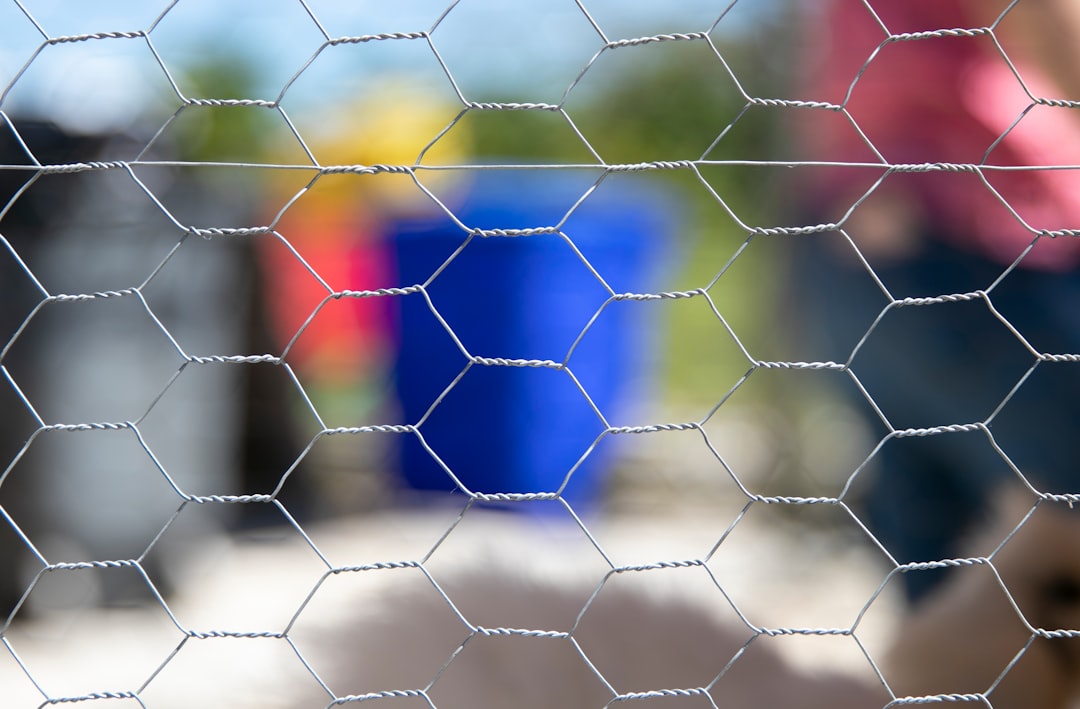What is it about?
This article offers a fresh examination of the representation of nonhuman animals in Beckett’s early aesthetics, using “Dante and the Lobster” as a case study. Beckett’s story is illuminated by historical documents including newspaper articles, which will allow readers to see more clearly the deliberate parallels drawn between the question of the lobster’s suffering and the planned execution of a criminal that Belacqua contemplates throughout the day. An alternative reading model of the text, focusing on the Joycean concept of parallax rather than the Dantean concept of pity, will be developed. The article closes by examining Beckett’s views on allegorical readings of texts containing representations of nonhuman animals and his later notes on E. P. Evans’s 1906 work, "The Criminal Prosecution and Capital Punishment of Animals".
Featured Image
Why is it important?
A peer reviewer for this article noted that 'this essay is original in at least three respects: - It provides important new sources and contextual material relating to a key Beckett text. - It adds to the current interest in Beckett and non-human animals. - It suggests a way of reading ('parallax') that might be of general help when considering the place of nonhuman animals in a literary text.' The other reviewer praised the article in these terms: "Well versed in the critical literature about 'Dante and the Lobster', the author provides an original reading by probing the social implications of animal suffering, a focus particularly relevant to recent animal studies and the journal Society and Animals. The parallels between the lobster and the perhaps innocent McCabe awaiting execution and between Belacqua and the executioner and Belacqua and the lobster are well articulated in relation to the political controversies with which they are intertwined and the ironic stance the narrator takes in relation to his antihero."
Perspectives
This article is important to me as a way of testing the ground for future work on the death penalty as a social and literary issue in the C20th.
Katherine Ebury
Read the Original
This page is a summary of: Nonhuman Animal Pain and Capital Punishment in Beckett’s “Dante and the Lobster”, Society and Animals, August 2017, Brill,
DOI: 10.1163/15685306-12341454.
You can read the full text:
Contributors
The following have contributed to this page










